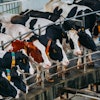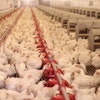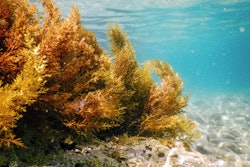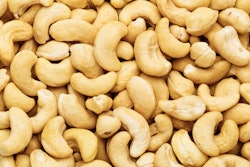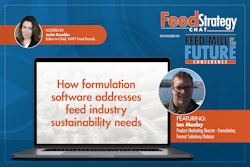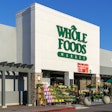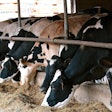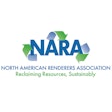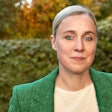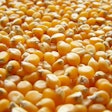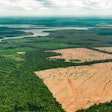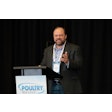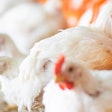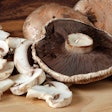ForFarmers has signed a letter of intent to collaborate in the United Kingdom with Remediiate, a company that acts as a broker between carbon emitters and feed formulators to produce algae-based animal feed.
This collaboration focuses on growing microalgae that can capture industry carbon dioxide (CO2) emissions at scale that would otherwise be released into the atmosphere. By processing the microalgae into animal feed, the end product – the microalgae – adds value. This collaboration offers a double solution: it reduces CO2 emissions and creates a sustainable, circular solution for animal feed. ForFarmers is a knowledge partner in this project and its role is focused on the application of the microalgae in animal feed. This gives microalgae a valuable role in the food chain.
Reduced CO2 emissions
This project helps reduce CO2 emissions of industries such as energy, cement, steel and petrochemicals – key industries targeted by Remediiate. Most CO2 emissions come from chemical reactions in production processes in these industries. It is often difficult and expensive to reduce these emissions because CO2 must be collected, purified, transported and stored. Direct use of CO2 at its source is an effective way to abate these industrial greenhouse gasses.
“Our collaboration with ForFarmers is an important step towards sustainable innovation,” said Remediiate CEO Carlos de Pommes. “With Project LightARC in Wales, we are now capturing CO2 emissions from nickel production to culture microalgae, and in partnership with ForFarmers, we are exploring its application in animal feed. This project shows that together we can make a positive impact on both industry and the environment.”
Circular economy in the animal feed industry
The microalgae in the project are cultured to capture CO2 from industry. By using them in animal feed, they gain value and transform into protein for human consumption. Microalgae are an alternative source material that can reduce the use of certain crops, such as soybeans. They are rich in proteins, carbohydrates and oils, but as cultured here, they are not directly suitable for human consumption. That is why they are called a “circular raw material” for animal feed.
“This collaboration is an important step towards a more sustainable future and thus fits well with our mission For the Future of Farming,” said ForFarmers Chief Operating Officer Rob Kiers. “By using microalgae to sequester CO2 in the final product, we not only create value for our animal feed industry, but also contribute to a sustainable future. In addition, it is a step towards more circularity, one of the sustainability ambitions within our organization.”
